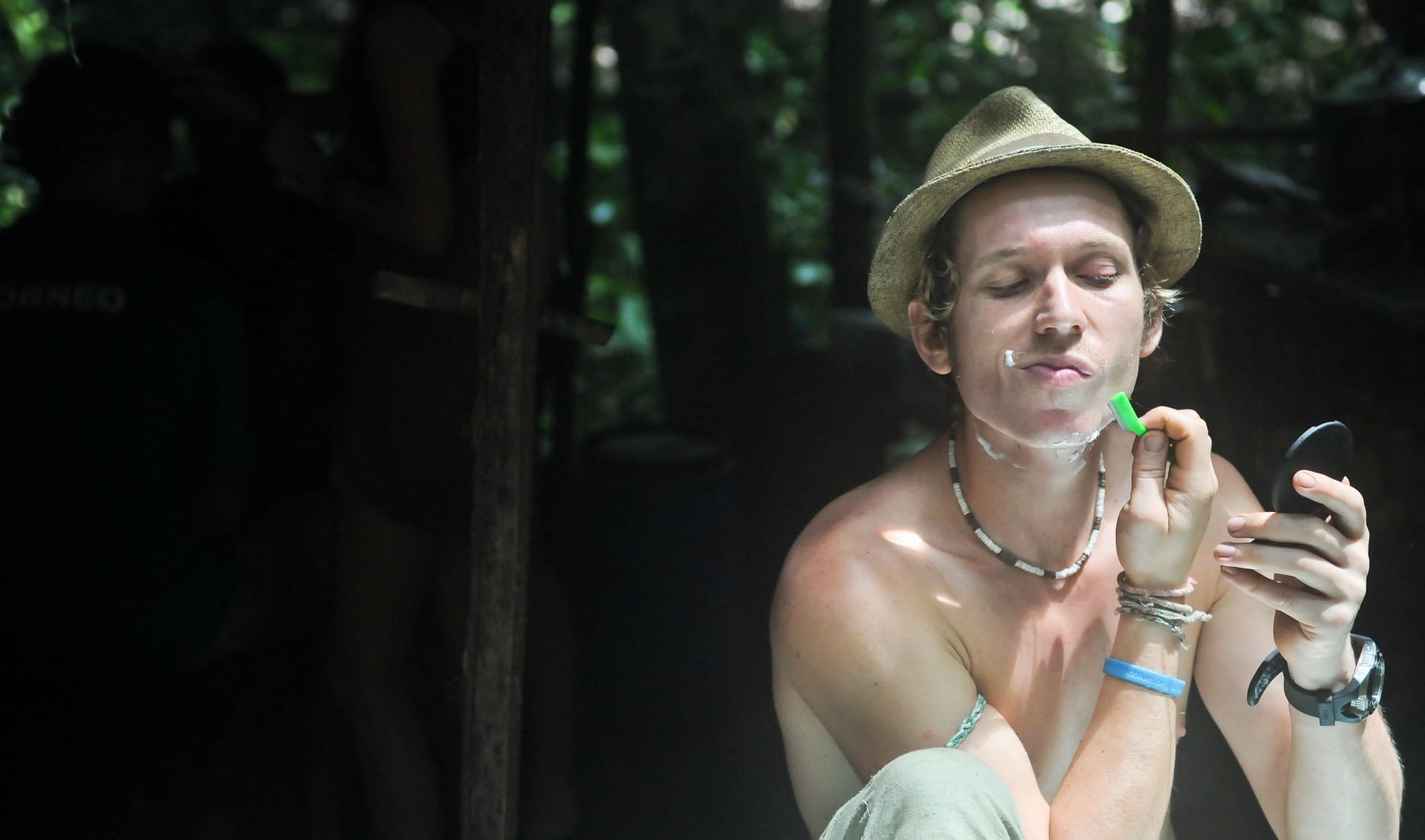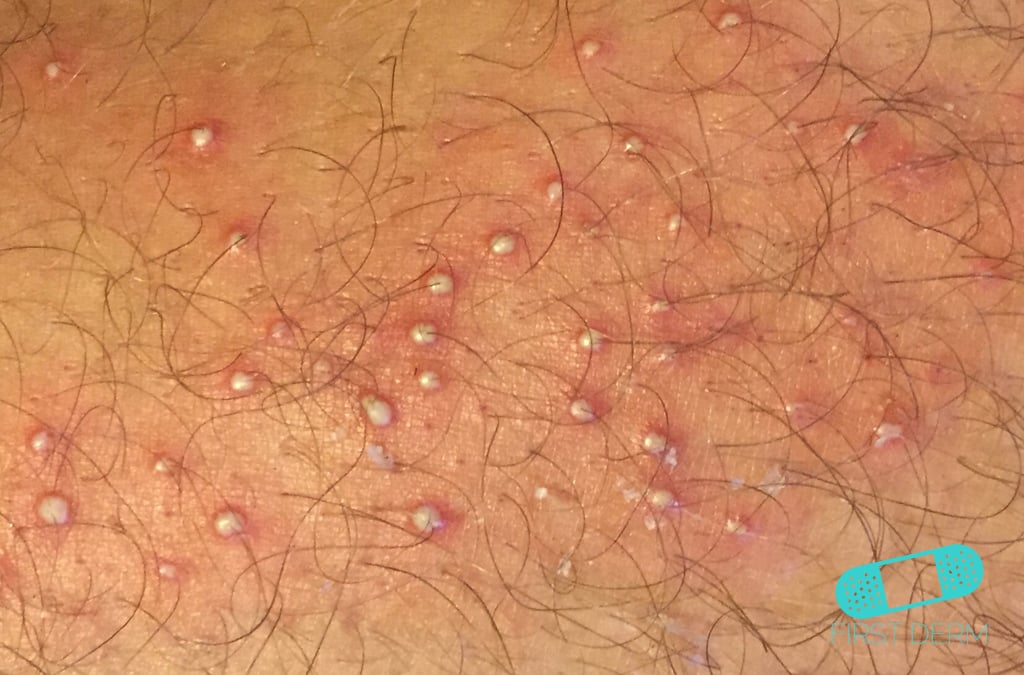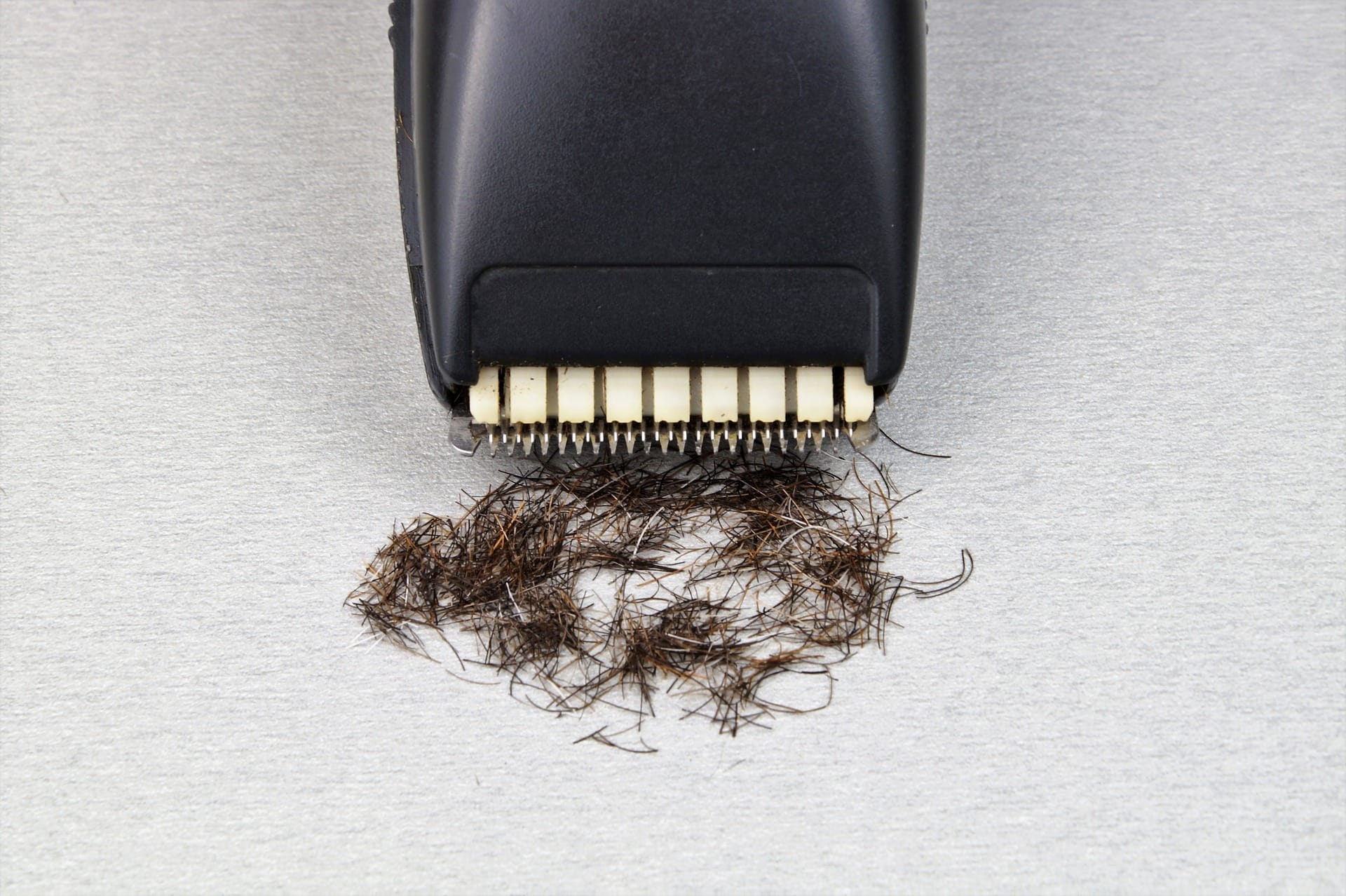How to Get Rid of Shaving Rashes

Shaving can be frustrating, especially when you want to be on top of your beard game. Maintaining your appearance requires consistency and persistence. But what if all that work results in rashes and bumps on your face? After all, there’s no point having a perfect beard with bumps all over your neck and cheeks.
Most primary physicians diagnose these shaving rashes as ingrown hair cyst or acne. However, your treatment doesn’t end there. If your condition continues or worsens after simple acne treatment, you might need a dermatologist’s opinion. Most of these cases end up to be folliculitis.
Shaving rash

Folliculitis
Folliculitis, also known as shaving rash or razor bumps, is a skin condition marked by inflammation around the hair follicles. Affecting over 3 million Americans each year, this skin condition is quite common and self-diagnosable.
While some cases of folliculitis are noninfectious, as is the case with acne, most are infectious. Folliculitis most commonly occurs when your hair follicles are damaged or blocked. For this reason, people who regularly shave or wear clothes that rub against their skin are more likely to develop folliculitis.
Ask a dermatologist today and get peace of mind
Symptoms of Folliculitis
Folliculitis can occur anywhere on the skin, but is most commonly found on the face, scalp, legs, chest, back, buttock, and pubic area. These areas are particularly vulnerable as the hair follicles surrounding them are highly susceptible to damage from shaving or from skin irritation caused by wearing tight clothes.
Symptoms of folliculitis include small red or white pimples with a strand of hair protruding from the pimple. These small bumps may sore, itch or burn. When they burst, pus or blood often ooze out. More severe cases of folliculitis can cause deep, painful boils, scarring, or permanent hair loss.
Treatment for Folliculitis
Though most cases of folliculitis go away on their own within two weeks, there are a few ways to speed up the healing process:
- Avoid shaving the affected skin until the lesions have cleared.
- Wash the affected area twice a day with antibacterial soap or over-the-counter antibiotic ointment. Be sure to wash gently as not to further irritate the skin.
- To reduce the inflammation, apply a topical steroid cream (e.g. hydrocortisone 1%, sold over-the-counter) twice-a-day for a week, then daily for another week, and lastly every other day for two weeks.
- Avoid wearing tight fitting or heat trapping clothes in the affected area.
- Keep the affected area dry.
Ask a dermatologist today and get peace of mind
Preventing Folliculitis
Shaving increases one’s chances of developing folliculitis. However, some shaving techniques have been shown to reduce one’s risk of developing the skin condition more than others.
Using manual razors especially increases one’s risk of developing folliculitis as the sharp blades may allow bacteria to enter and inflame the skin. To prevent folliculitis while shaving, consider switching to an electric shaver and strive for a clean shave without reaching maximum closeness.
If your symptoms persist for longer than two weeks, ask a dermatologist!
Benefits to Not Shaving

The Benefits Of Not Shaving
So after all this discussion on folliculitis. What about if you just stopped shaving? There are actually many benefits to this. Lets take a deeper look into the details.
Try our FREE search engine on skin diseases
Reduced Irritation and Rashes
Let’s start with the positives it has on our skin. Hair, believe it or not, is an amazing part of our evolutionary journey. The hair we have on our legs, armpits and groin all serve a very helpful purpose. This hair prevents chaffing and irritation, especially in areas such as the armpit where movement is frequent.
Not only does keeping our hair reduce irritation, but also avoiding the razor blade has many advantages. No doubt, you have felt it before; razor burn, a reaction to the cream or accidentally cutting yourself. This can all be avoided by not shaving. This leaves your skin in peace and reduces the chance of getting folliculitis, rashes and irritation.
Try our FREE search engine on skin diseases
Less Risk Of Infection
Not shaving reduces the risk of rashes but it also reduces the risk of infection too. A cut or knick after shaving is inevitable. Its annoying but can also lead to infections if not treated properly. Further to this, your pubic hair acts as a shield for your genitals. By shaving you could leave yourself vulnerable to infections such as streptococcus and MRSA.
Try our FREE search engine on skin diseases
Lower Risk Of STIs
According to certain studies there is a clear connection between shaving and STIs. Infections such as HPV and syphilis were strongly associated with those that shaved often. Admittedly, it’s difficult to define a correlation and it could be that those shaving are having sex more frequently. However, scientists have determined a link regardless. It is believed that it could be due to the micro-tears caused by shaving, these wounds may not have healed in time. This makes it easier for bacteria and viruses to enter the body via the skin.
Save Time and Money
It goes without saying that reducing the amount of time a razor blade is in contact with your skin has its benefits. It reduces rashes, irritation and even STIs as explained above. Another clear and obvious advantage is the time and money saved. It’s fair to say that we’re all looking for ways to burn time whilst in lockdown so this may not be much of an advantage. However, think of what you could do with that time instead!
If time isn’t doing it for you then hopefully the money saved is. As we all know, razor blades are expensive, it adds up over time so giving ourselves a break will help our skin and our wallet.
In all shaving can put us at risk of infections, ingrowing hairs and irritation. Our bodies were naturally designed for hair so if you find yourself shaving less during this period, then look at it as a positive. You’re giving your body a rest and sometimes thats all it needs to be rejuvenated! This isn’t to say there’s anything wrong with shaving, its a personal preference. Just try to take it easy on your skin.

The Specialist doctor from the University Hospital in Gothenburg, alumnus UC Berkeley. My doctoral dissertation is about Digital Health and I have published 5 scientific articles in teledermatology and artificial intelligence and others.



